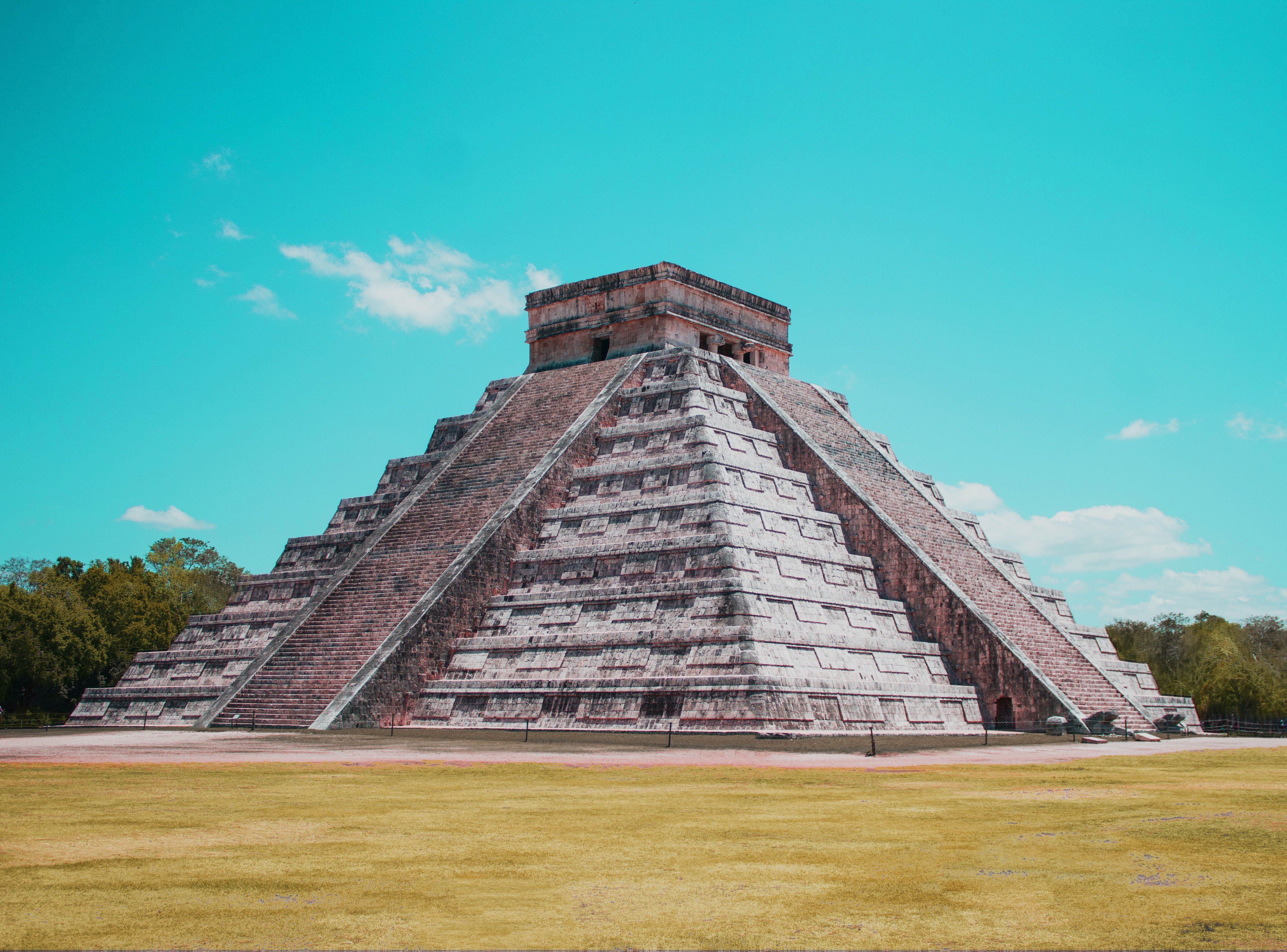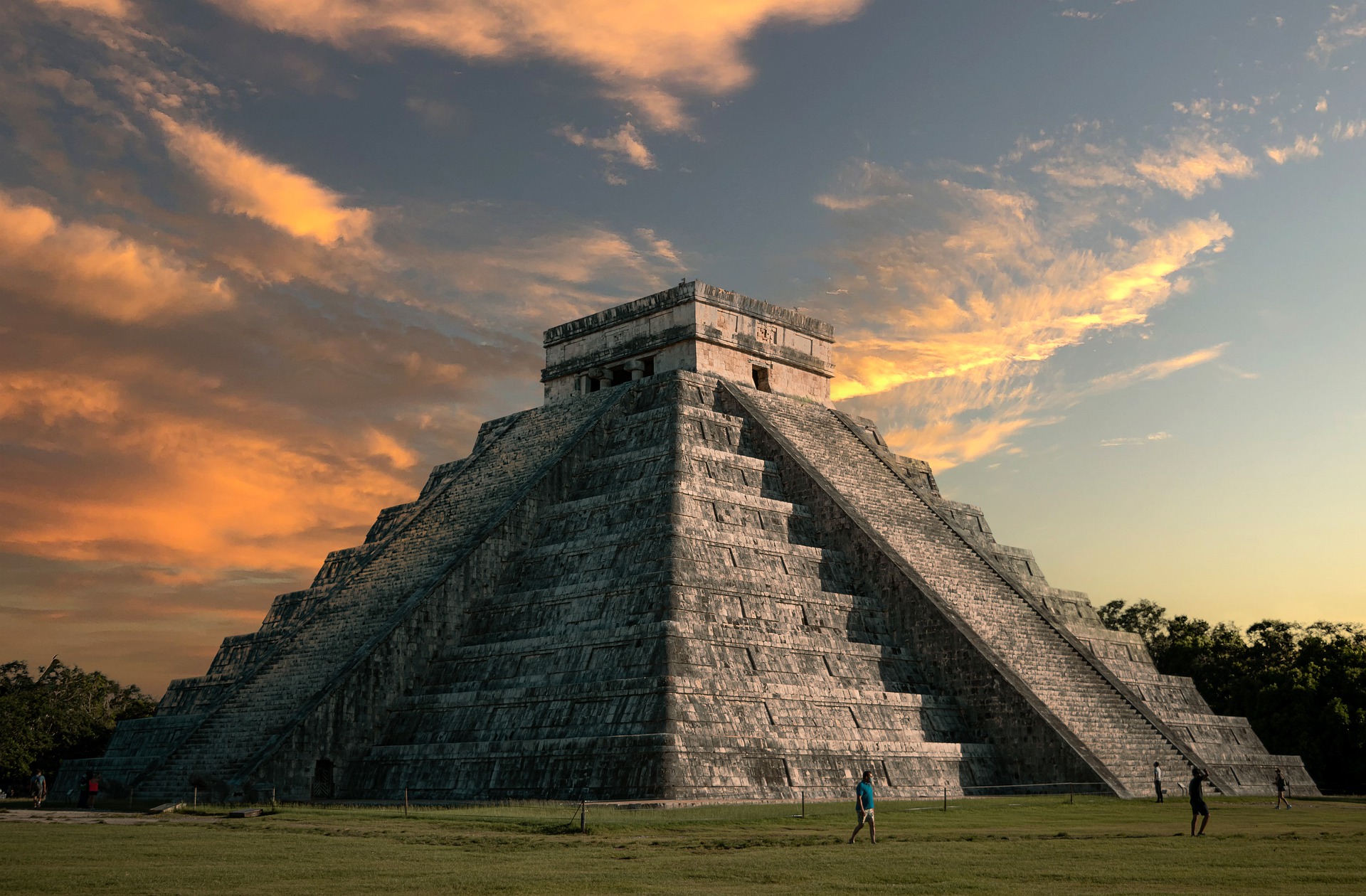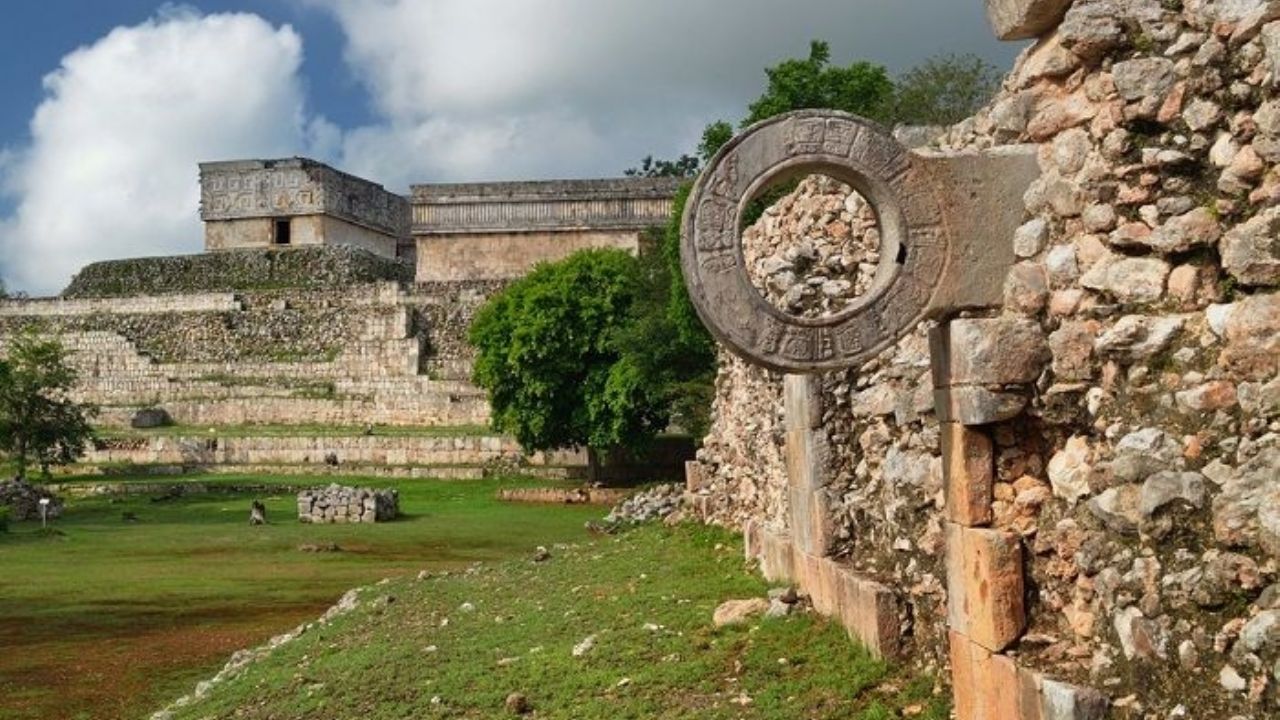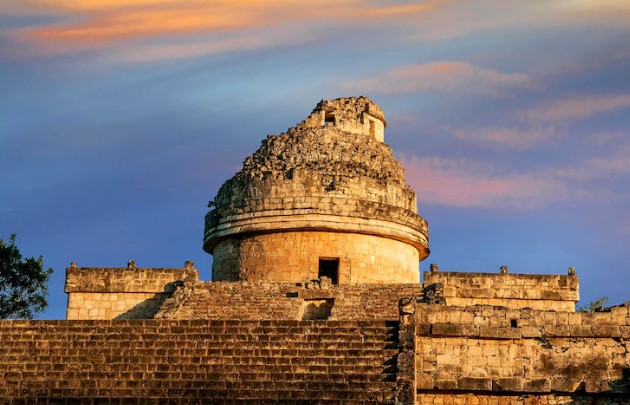
Chichen Itza, a fascinating archaeological site located in the Yucatan Peninsula of Mexico, is an ancient wonder that captures the imagination of countless visitors from around the world. This UNESCO World Heritage Site showcases the historical significance, architectural marvels, mysteries, and cultural impact of the ancient Mayan civilization. In this article, we will embark on a virtual journey to explore the wonders of Chichen Itza and delve into its rich history and captivating legends.
The Rise and Fall of the Mayan Civilization
The Mayan civilization flourished between 300 BCE and 900 CE, and Chichen Itza served as one of its most important cities during its peak. It was a center of political, economic, and religious power, known for its advanced knowledge of astronomy, mathematics, and architecture. The city was home to a complex social structure, with a ruling elite and a skilled labor force that constructed magnificent buildings and monuments.
Chichen Itza was not only a thriving urban center but also a hub of cultural exchange. It was a melting pot of various Mayan traditions, as people from different regions came together to trade goods, share ideas, and participate in religious ceremonies. The city's central location made it a strategic point for trade routes, connecting different parts of the Mayan world.
However, around the 10th century, the Mayan civilization faced a decline, and Chichen Itza was eventually abandoned and hidden within the dense jungle. The reasons for the decline are still debated among historians and archaeologists. Some theories suggest that environmental factors, such as drought and deforestation, played a role in the collapse of the civilization. Others propose that political instability and internal conflicts led to the downfall.
Chichen Itza: A UNESCO World Heritage Site
In recognition of its outstanding universal value, Chichen Itza was designated as a UNESCO World Heritage Site in 1988. This prestigious title highlights the site's significance in the cultural and natural heritage of humanity, showcasing its exceptional examples of Mayan art and architecture.
Chichen Itza is renowned for its iconic structures, such as the Temple of Kukulcan, also known as El Castillo. This pyramid-like temple stands as a testament to the Mayan's advanced architectural skills and their deep understanding of astronomy. During the equinoxes, the play of light and shadow on the temple creates an illusion of a serpent descending the steps, symbolizing the Mayan deity Kukulcan.
Another remarkable feature of Chichen Itza is the Great Ball Court, the largest and best-preserved ancient ball court in Mesoamerica. This massive structure, measuring 168 meters long and 70 meters wide, was the stage for the Mesoamerican ballgame, a ritualistic sport with deep religious and cultural significance. The ballgame was not merely a sport but also a symbolic representation of cosmic battles between the forces of good and evil.
Exploring Chichen Itza allows visitors to immerse themselves in the rich history and cultural heritage of the Mayan civilization. The site offers a glimpse into the daily lives of the Mayan people, their beliefs, and their achievements. From intricate carvings and sculptures to sacred cenotes and observatories, Chichen Itza is a treasure trove of archaeological wonders.
Visitors to Chichen Itza can also witness the ongoing efforts of archaeologists and preservationists to uncover and restore the site's hidden treasures. Ongoing excavations and restoration projects shed light on new discoveries and provide valuable insights into the ancient Mayan civilization.
Chichen Itza's UNESCO World Heritage status not only recognizes its historical significance but also emphasizes the importance of preserving and safeguarding this cultural treasure for future generations. Through responsible tourism and conservation efforts, Chichen Itza continues to inspire awe and wonder, connecting people from all over the world to the rich tapestry of human history.
The Kukulkan Pyramid: A Testament to Mayan Astronomy

One of the most iconic structures in Chichen Itza is the Kukulkan Pyramid, also known as El Castillo. This magnificent pyramid stands as a testament to the Mayan civilization's expertise in astronomy. Built with precise alignment to the equinoxes, the pyramid produces a remarkable serpent-like shadow that descends the steps during the equinoxes, creating a mesmerizing visual spectacle.
The Kukulkan Pyramid is not only a stunning architectural marvel but also a reflection of the Mayan's deep understanding and reverence for celestial bodies. The pyramid's design incorporates intricate mathematical calculations, allowing it to accurately mark the changing seasons and the passage of time. The Mayans believed that the movements of the sun, moon, and stars directly influenced their daily lives, and the Kukulkan Pyramid served as a physical representation of this cosmic connection.
As you stand at the base of the pyramid, you can't help but marvel at the precision and ingenuity of the Mayan architects. Each step of the pyramid represents a specific day of the Mayan calendar, and the entire structure is a testament to their advanced knowledge of astronomy and mathematics. The pyramid's four sides align perfectly with the cardinal directions, showcasing the Mayan's deep understanding of the Earth's orientation in space.
The Great Ball Court: A Symbol of Mayan Sportsmanship

Adjacent to the Kukulkan Pyramid, the Great Ball Court is a massive arena where the ancient Maya played a sacred ball game known as Pok-A-Tok. This game was not merely entertainment but held significant religious and political symbolism. The ball court's impressive dimensions and intricate carvings depict scenes from the game and highlight the importance of sportsmanship in Mayan society.
As you walk through the Great Ball Court, you can almost hear the echoes of the cheering crowds and the rhythmic sound of the rubber ball hitting the stone walls. The game of Pok-A-Tok was more than just a sport; it was a reflection of the Mayan's spiritual beliefs and their connection to the gods. The ball court's design, with its high walls and narrow playing field, created a challenging environment where players had to use their entire bodies to keep the ball in play.
The carvings on the walls of the Great Ball Court depict scenes of players engaged in the intense competition. The intricate details showcase the athleticism and skill required to play the game. The Mayans believed that the outcome of the game had cosmic implications, and winning or losing could impact the balance between the earthly realm and the spiritual world.
Visiting the Great Ball Court allows you to step back in time and witness the passion and dedication the Mayans had for their sports. It serves as a reminder that sportsmanship and competition have always been an integral part of human society, transcending time and culture.
The Enigma of the El Caracol Observatory

One of the most enigmatic structures in Chichen Itza is El Caracol, an astronomical observatory. Its unique circular design and strategic alignment with celestial events suggest that it played a crucial role in Mayan astronomical observations. The purpose and precise workings of El Caracol continue to intrigue archaeologists and astronomers, adding an air of mystery to Chichen Itza.
The Sacred Cenote: A Place of Sacrifice
Deep within Chichen Itza lies the Sacred Cenote, a natural sinkhole that held immense religious significance for the Mayans. It was believed to be a portal to the underworld and a place of sacrifice. Archaeologists have discovered numerous offerings, including valuable artifacts and human remains, providing insights into the religious practices of the ancient Maya.
Influence on Modern Mexican Culture
The legacy of Chichen Itza extends beyond its archaeological significance. It has significantly influenced modern Mexican culture, particularly in the Yucatan Peninsula. The iconic imagery of Chichen Itza, such as the Kukulkan Pyramid and the Great Ball Court, is prominently featured in Mexican art, music, and folklore, bridging the gap between ancient traditions and contemporary society.
Chichen Itza in Popular Media
Chichen Itza's allure has captivated the imaginations of filmmakers, writers, and artists, leading to its widespread depiction in popular media. From adventure novels to blockbuster movies, the ancient wonders of Chichen Itza have served as a source of inspiration, transforming the site into an enduring symbol of mystery and intrigue.
Best Time to Visit
When planning a visit to Chichen Itza, it is essential to consider the best time to experience its wonders. The months of March to May offer pleasant weather with fewer crowds compared to the peak tourist season. Exploring the site early in the morning or during sunset can provide a magical ambiance and enhance your overall experience.
Essential Tips for First-Time Visitors
For first-time visitors, there are a few essential tips to ensure a smooth and enjoyable visit. It is advisable to wear comfortable clothing and sturdy footwear, as exploring Chichen Itza involves walking on uneven terrain. Bringing sunscreen, a hat, and plenty of water is crucial, especially during the hotter months. Additionally, hiring a knowledgeable guide can enhance your understanding of the site's historical and cultural significance.
As you embark on your own journey to explore the ancient wonders of Chichen Itza, remember to immerse yourself in its rich history, marvel at its architectural masterpieces, ponder its mysteries, and appreciate its cultural impact. Chichen Itza is more than a collection of ruins; it is a testament to the ingenuity and enduring legacy of the ancient Mayan civilization.